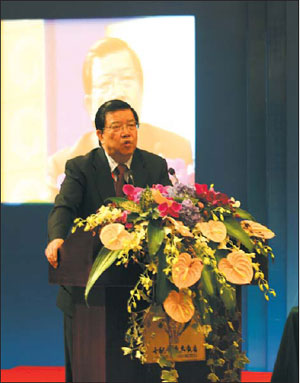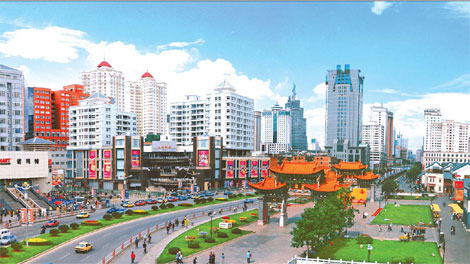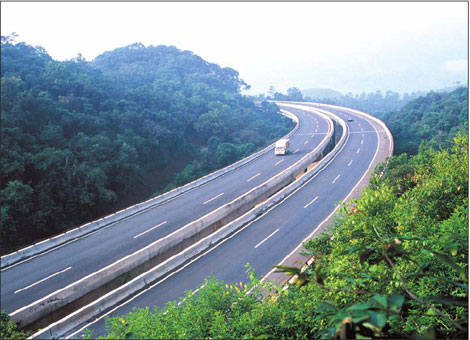News
Kunming financial summit: Tapping the potential of a regional gateway
By Zhao Xie (China Daily)
Updated: 2010-07-29 07:45
 |
Large Medium Small |
|
Yunnan province's booming capital Kunming, a business hub important to trade with Southeast and South Asia. Yunnan has a 4,000-km border with nations in the two regions, which that together have a population of 1.8 billion people. Provided to China Daily |
Yunnan's role as a regional gateway attracted the attention of the financial world during a recent summit held in Kunming, capital of this southwestern province.
Government officials, business leaders and experts from China, Southeast Asia, South Asia and other countries attended the Dianchi cross-border finance and currency cooperation forum on Tuesday.
The event is named after Dianchi Lake, a well-known tourist resort in the city.
Representatives discussed financial and monetary cooperation, trade and further development of transport links between China, Southeast Asia and South Asia.
Building on existing programs like the China-ASEAN Free Trade Area and Greater Mekong Subregion program, the event discussed plans for even broader pan-Asia cooperation.
Greater role
China's former chief WTO negotiator and former secretary-general of Boao Forum for Asia Long Yongtu, delivers a keynote speech at the summit. Wu Jiachun / China Daily

Yunnan province has long been viewed as a remote region far from Beijing and other political and economic hubs of the country, so the choice of Kunming as host city is a measure of the central government's efforts for greater development of the nation's western regions.
Yunnan shares more than 4,000 km of border with countries in Southeast Asia and South Asia - two regions with a combined population of 1.8 billion people.
And recent developments in regional cooperation have placed Yunnan at the core of efforts in the next round of the nation's economic opening up.
After the China-ASEAN Free Trade Area took effect on January 1 this year, Yunnan stands to benefit greatly from the world's third-largest free trade area.
The province is also central to another regional effort, the Greater Mekong Subregion program, founded by the Asian Development Bank in 1992 to bring together the nations of the wider region.
The plan calls for further development of transport links, navigation on the Mekong River and telecommunication cooperation between Cambodia, Laos, Myanmar, Thailand, Vietnam and Yunnan in China.
'Eurasian bridge'
A number of the resulting infrastructure projects have already been built or planned to facilitate trade, including an expressway from Kunming to Bangkok that is mostly complete and projects to improve navigation on Mekong River.
The Chinese government is also talking with neighboring countries on plans to build a southern "continental bridge" across Eurasia that would span the continents using railways, highways and pipeline systems. Kunming would be the Chinese hub of the network.
Such facilities would even enable transport of commodities from northeast Asia - including Japan and South Korea - overland to Yunnan and eventually to the coast of Myanmar on the Indian Ocean, a much shorter distance than sea routes around the tip of Singapore.
|
New expressways are strengthening transport links across the region. A recently renovated highway to Myanmar even follows the route of the famed Stilwell Road built during World War II. Provided to China Daily |
(China Daily 07/29/2010 page18)

